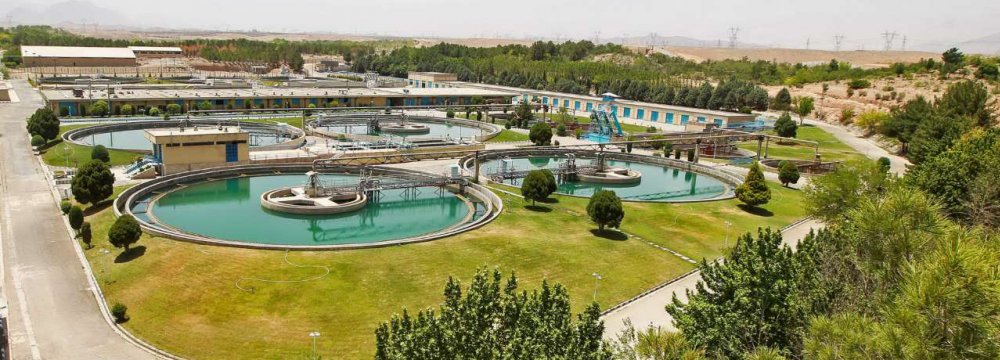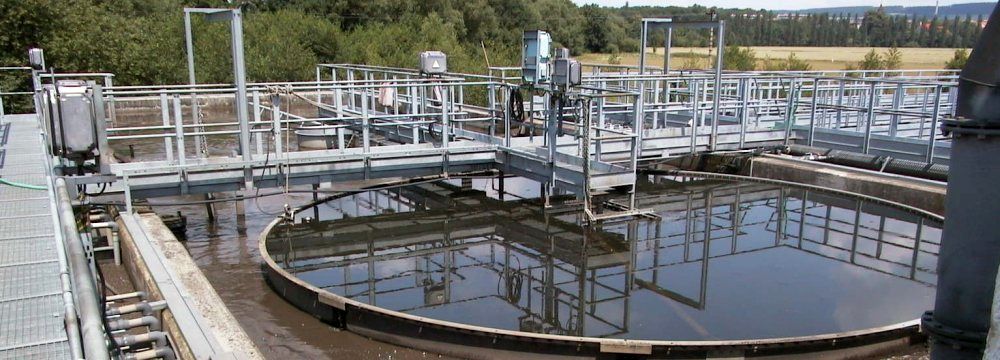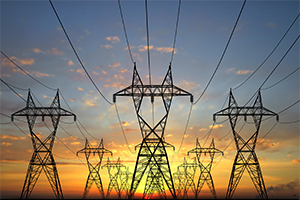- Division of university’s municipal water into sectors, running hydrostatic tests, and determination of damaged parts.
- Using hydrostatic tests’ results for replacement and modification of corroded and sensitive parts.
- Periodic check-ups of shut off valves and substitution of corroded water faucets.
- Implementation of control plans on water replacement with meter installations.
- Periodic check-ups of water faucets and prevention of water leakages.
- Decrease of flash-tanks water charge-up volumes, substitution of old flash-tanks with new ones, and utilization of smaller tanks.
- substitution of bath faucets with 2-handle faucets in bathrooms.
- reconstruction and modification of dorms’ interior architecture with the goal of separating wet locations from residential complexes.
One complex of Isfahan University of Technology’s dorms contains:
144 4-person and 20 single or double rooms, 160 private bathrooms, 160 private wash-stands, and 60 WCs.
After the modification of interior architecture and omitting private bathrooms and wash-stands, 47 public bathrooms, 79 public wash-stands, and 79 public WCs were made available for use. With these changes occurred, based on the table below, heat and gas requirements for hot-water supply decreased 60 percent in comparison with the prior architecture.
- Increase of foot pedal faucets in WCs.
- Increase of automatic faucets in WCs.
- Utilization of washing machines in University’s main dining hall.
- Utilization of industrial pots in university’s main dining hall.
- Construction of a 2000 m3 water reservoir.
- Utilization of water saving shower heads in dorms, swimming pool, and physical education center showers.
- Utilization of water saving shower heads equipped with “Air Turbo” system:
This system uses a technology of mixing water and air, decreasing the flow rate of 18 liters per minute in the old shower heads, to 9 l/min in the new ones.
- Utilization of intelligent water distribution systems and innovation of intelligent water supplier systems.





- Enlargement of solar water heating system.
Solar water heating system’s capacity increased from 80,000 liters in 2016, to 100,000 liters in 2018.
- Utilization of insulators in outer layers of buildings.
- Utilization of automatic doors in buildings’ entrances.
- Utilization of double-pane thermal break windows in buildings.
- Periodic technical check-ups of engine rooms.
- Transference of evaporative coolers to roofed places.
- Establishment of 5-layer piping in dorms’ reconstructions.
- Trial running of an intelligent timing system for fan coils.
- Substitution of engine rooms’ corroded equipment with modern equipment.
The magnetic chiller with changing round speeds with centrifugal system is comprised of a centrifugal compressor with a turbo core. The central part of the chiller’s controlling equipment consists of a logical controller, capable of PLC programming.
- This chiller is needless of lubricants, thus not making due-to-friction heat and functions with 100-110 efficiency.
- Turbo core chillers’ operating technology is of the kind “Flooded” that has an increased efficiency of 20% in comparison with “DX” technology.
- Turbo core compressors reduce the connection between rotor and bearing down to zero by creating magnetic fields on the shaft, controlling shaft’s position in bearing 10 times per second.
- Turbo core chillers make use of both “VFD” and “IGV” technologies in a single compressor.
- Turbo core compressors’ motors function entirely with DC with the feature of using AC for frequency control and DC for rotating the motors.
- Turbo core compressors can function in up to 48,000rpm.
- Turbo core compressors make noises of at most 73db.
- Turbo core compressors have very low amounts of turbulence.
- Cold water turbo core chillers need 2.9 gallons of water for every tone of refrigeration that is 40% less that of absorption chillers for the same function.
- Turbo core chillers.
- Separation of wet, dry, and recyclable waste.
- Separation of infectious waste from non-infectious waste.
- Dry leaves collection for natural fertilizer production.
- Collection for production.
- Reduction, and preferably not using single use plastics.
- Metal waste utilization in tutorial workshops.
- Scrap metal utilization in workshops.
- Assigning servicing, greenbelt, and maintenance tasks to private sector.
- NGO green message activation in university.
- Severe water shortages during the year, preference of drying grass and saving old trees.
- Preservation of university’s jungle areas that have the role of city’s lungs.

- Complete office automation system establishment for official communications.
- Automationization of buying demands and warehouse management.
- Automationization of working and services demands.
- Sending notifications and educational messages via automation system.
- Utilization of LED monitors in substituting old monitors with new ones.
- Innovation of a management system in textile engineering department’s laboratories (SAMAN).
- SAMAN system was innovated for the control of textile laboratories by textile engineering department. Using this system helps preventing a large amount of saving in paper forms uses.
- Using the aid of information technology (IT) for holding video conference meetings.
- Separation of papers and use of recycled papers.
- Biogas production from waste (research plan).
- Increasing the capacity of solar water heaters photovoltaic panels.
- Expelling old autos from university’s transportation system and bringing in fuel-efficient and gas-burning cars.
- Utilization of electric motorcycles.
- Development and use of transportation control software for organizing fuel consumption
- Development of a digital multifunction display in university.
- Comprehensive and precise control of university’s taxis in terms of cars’ qualities for reducing environmental impacts.
- Switch-off obligation for heavy cars that have to stop long enough in a particular place.
- Design of the transportation control application to be installed on students’ cell-phones.
- Development of a bicycling system in the university.
- Holding walking and bicycling.



